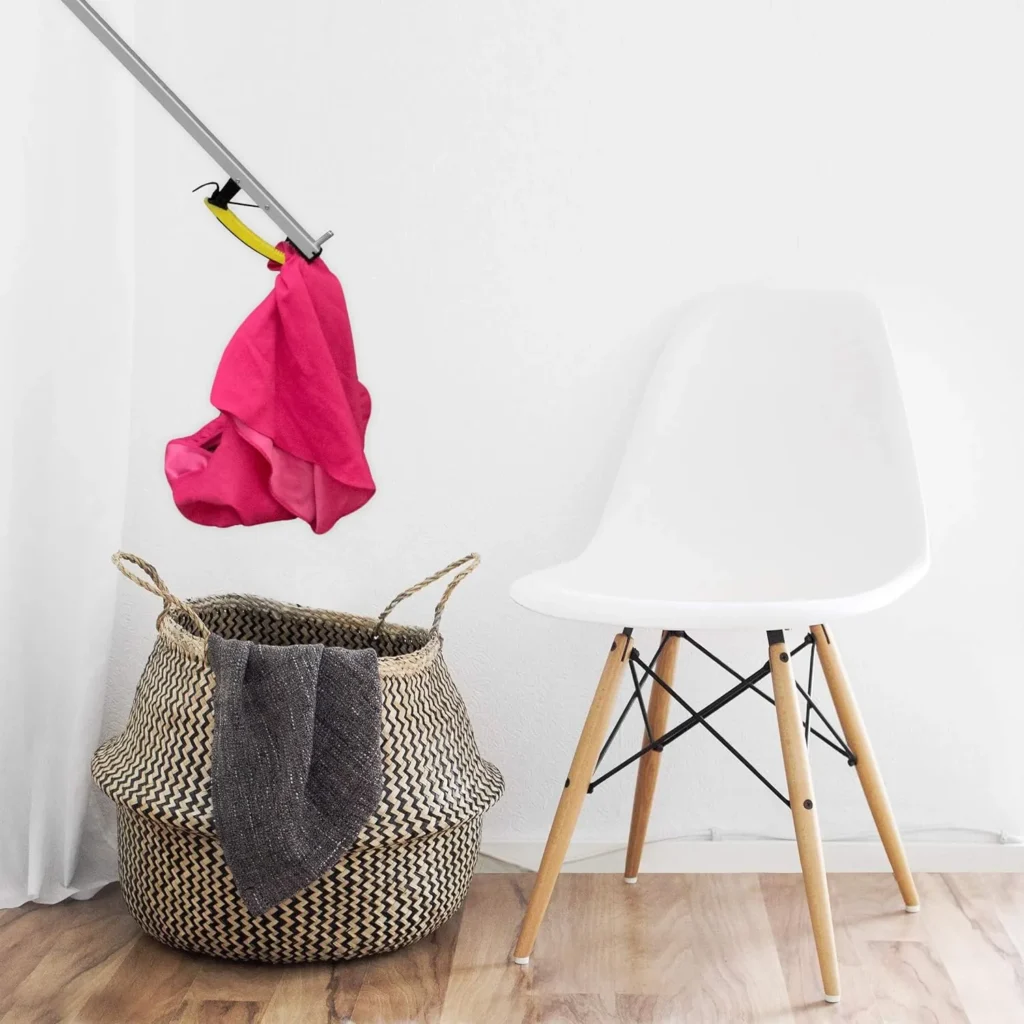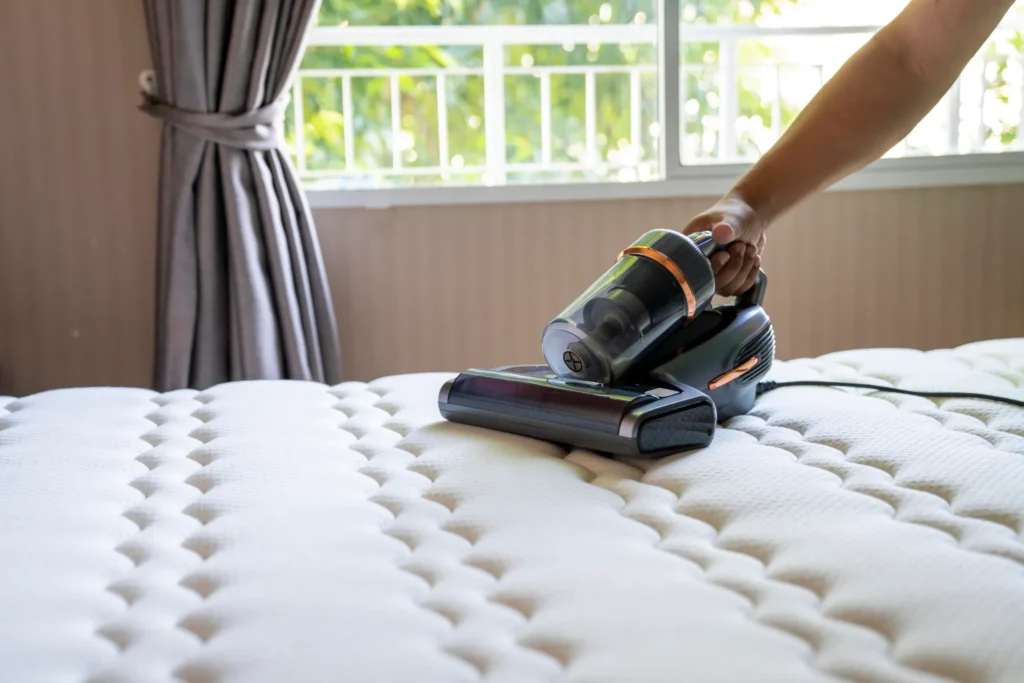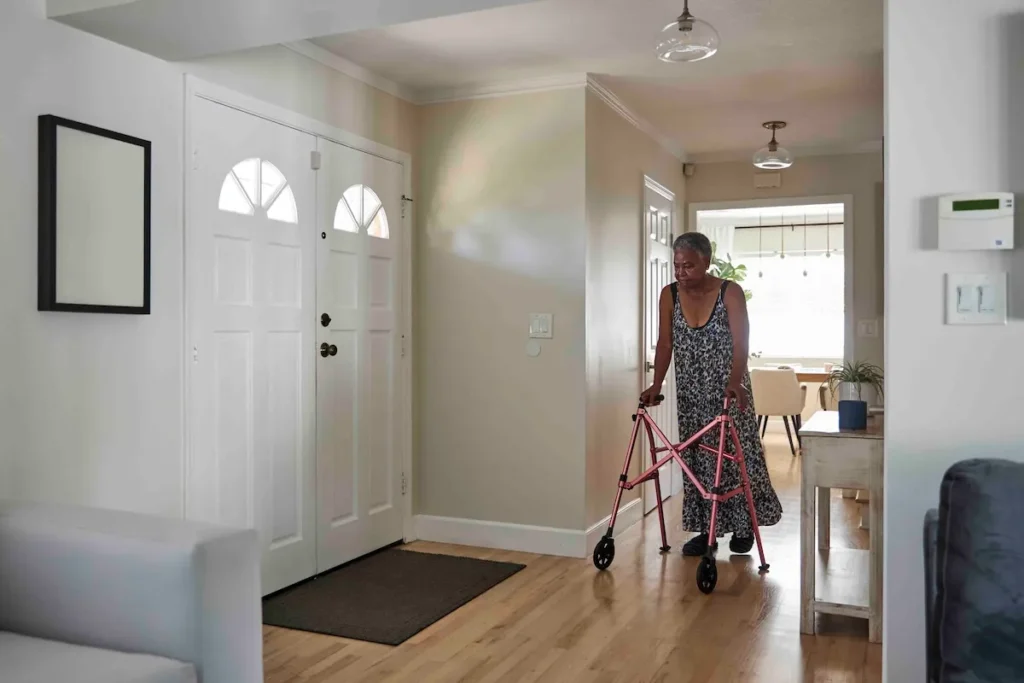Keeping your home clean and organized is important for feeling comfortable, safe, and happy in your living space. But when you have low mobility, cleaning can quickly feel like a big, overwhelming job. Tasks that used to take just a few minutes might now take much longer or even cause discomfort and fatigue. If you find yourself struggling with these challenges, you’re definitely not alone — and the good news is, there are plenty of smart, easy ways to make cleaning easier, safer, and more manageable.
Low mobility can come from many different causes — whether it’s due to chronic pain, an injury, age, or a disability. Whatever the reason, it affects how you move, how much energy you have, and how long you can comfortably spend on physical tasks. But a clean home is still important for your health and well-being. Dust and clutter can cause accidents, and a messy environment can add to feelings of stress or anxiety. So, finding ways to keep things tidy without pushing yourself too hard is key.
This guide will share practical tips that anyone with low mobility can use. These aren’t about trying to do everything at once or forcing yourself to work harder — they’re about working smarter. From choosing the right tools to changing how you schedule chores, these ideas help you maintain a clean home with less effort and more comfort.
For example, switching to lightweight cleaning tools can make a huge difference. Instead of lugging around heavy vacuums or buckets, you can use tools that are easier to hold and move. There are even handy gadgets like grabber tools that let you pick things up without bending or stretching. Plus, spreading your cleaning tasks over several days means you won’t get worn out trying to do it all at once.
You’ll also learn about tricks to reduce your workload, like using disposable wipes or mats that catch dirt at the door. Small changes in how your furniture is arranged can help you move safely and avoid trips or falls. And if you’re open to technology, things like robot vacuums or voice-activated reminders can take some of the effort off your shoulders.
Finally, it’s important to remember that asking for help is okay. Whether it’s family, friends, or professionals, getting support when you need it can make a big difference. You don’t have to do everything on your own.
The goal of this guide is to empower you to keep your home clean in ways that work for your body and your lifestyle. It’s about making your home a place you enjoy being in, without unnecessary struggle or stress. So, let’s explore these 10 easy ways to keep your house clean when you have low mobility — and bring more ease and comfort to your daily routine.
1. Switch to Lightweight Cleaning Tools

Traditional cleaning equipment can be heavy and cumbersome, making chores more difficult. Opt for lightweight alternatives designed for ease of use:
- Microfiber Cloths: These are effective for dusting and wiping surfaces without the need for heavy scrubbing.
- Lightweight Mops: Consider mops with ergonomic handles that reduce strain on your back and arms.
- Compact Vacuum Cleaners: Models that are easy to maneuver can simplify floor cleaning tasks.
By choosing tools that are easy to handle, you can reduce physical strain and make cleaning more manageable.
2. Grab a Grabber Tool to Help You
A grabber tool is an extendable device that allows you to pick up items without bending or stretching. This is particularly useful for:
- Retrieving objects from the floor or high shelves.
- Picking up trash or debris without straining your back.
- Handling items in hard-to-reach places.
Investing in a good-quality grabber tool can enhance your independence and make daily tasks more accessible.
3. Spread Tasks Out Over Several Days or Weeks
Trying to clean your entire home in one go can be overwhelming. Instead, break down tasks into smaller, manageable chunks:
- Daily Tasks: Focus on essential chores like washing dishes or wiping down kitchen surfaces.
- Weekly Tasks: Assign specific days for tasks like vacuuming or cleaning the bathroom.
- Monthly Tasks: Tackle deep cleaning activities such as washing windows or organizing storage areas.
This approach helps conserve energy and ensures that your home remains consistently clean without overexertion.
4. Try Some Tricks That Will Lessen Your Workload

Implementing simple strategies can make cleaning less demanding:
- Use Disposable Cleaning Wipes: These can save time on tasks like wiping down surfaces or cleaning mirrors.
- Place Mats at Entrances: This helps trap dirt and reduces the frequency of floor cleaning.
- Organize Regularly: Keeping items in designated places prevents clutter and simplifies tidying up.
Small changes can lead to significant reductions in the effort required for cleaning.
5. Invest in Cleaning Tools to Help You Reach Up High or Down Low
Reaching high or low areas can be challenging. Equip yourself with tools designed to extend your reach:
- Extendable Dusters: These allow you to clean ceiling fans, light fixtures, and high shelves without a ladder.
- Long-Handled Brushes: Ideal for scrubbing baseboards or cleaning the bathtub.
- Adjustable Mops: Some models come with extendable handles to reach under furniture or clean walls.
These tools enable you to maintain cleanliness in all areas of your home safely.
6. Clean More Than Dishes in the Dishwasher
Your dishwasher can be a versatile cleaning tool:
- Sanitize Small Items: Items like toothbrush holders, pet bowls, and plastic toys can be cleaned in the dishwasher.
- Wash Cleaning Tools: Mop heads, sponges, and certain cleaning brushes can be sanitized in the dishwasher, reducing the need for manual cleaning.
Utilizing your dishwasher for various cleaning tasks can save time and effort.
7. Assess Your Furniture Layout and Any Potential Trip Hazards

A clutter-free environment is essential for safety and ease of movement:
- Rearrange Furniture: Ensure there are clear pathways and that furniture is arranged to facilitate easy movement.
- Secure Loose Rugs: Use non-slip pads to prevent tripping hazards.
- Declutter Regularly: Keep walkways and living areas free of unnecessary items.
A well-organized home reduces the risk of accidents and makes cleaning more efficient.
8. Look for Products That Will Make It Easier to Navigate Your Home
Certain products can enhance mobility and accessibility:
- Non-Slip Mats: Place them in bathrooms and kitchens to prevent slips.
- Grab Bars: Install in areas like bathrooms to provide support when standing or moving.
- Adjustable Furniture: Consider furniture that can be easily adjusted to suit your needs.
These products can make your home more navigable and safer.
9. Use Technology to Your Advantage
Technology can assist in maintaining a clean home:
- Robot Vacuums: These can autonomously clean floors, reducing the need for manual vacuuming.
- Smart Home Devices: Use voice-activated assistants to set reminders for cleaning tasks or control smart lighting.
- Automated Lighting: Motion-sensor lights can illuminate areas without the need to manually switch them on.
Incorporating technology can simplify cleaning routines and enhance convenience.
10. Ask for and Accept Help
Don’t hesitate to seek assistance when needed:
- Family and Friends: They can help with tasks that are physically demanding or difficult to manage alone.
- Professional Services: Consider hiring a cleaning service for deep cleaning tasks or regular maintenance.
- Community Resources: Some organizations offer support for individuals with mobility challenges.
Accepting help ensures that your home remains clean and that you maintain your well-being.
Final Thoughts
Keeping a clean and organized home when you have low mobility may sometimes feel like a huge challenge, but it doesn’t have to be overwhelming or exhausting. With the right approach, tools, and mindset, maintaining a tidy living space can become much easier and more manageable. The key is to adapt your cleaning routine to suit your abilities and to find ways to work smarter—not harder.
Throughout this guide, we’ve explored practical tips designed to help you reduce physical strain and make cleaning less stressful. Switching to lightweight tools, using grabber devices, and spreading your chores over several days are simple changes that can save you a lot of energy and discomfort. These small adjustments can make a big difference in how you feel while doing household tasks.
It’s also important to remember that you don’t have to tackle everything all at once. Breaking down your cleaning into bite-sized tasks allows you to stay consistent without burning out. Whether it’s dedicating just a few minutes each day to wipe down surfaces or scheduling a weekly vacuuming session, spreading out your work helps keep your home clean without overtaxing your body.
In addition, smart tricks like using disposable cleaning wipes, placing mats to catch dirt at entrances, or reorganizing furniture to remove trip hazards can reduce the amount of effort needed to maintain cleanliness and safety. These small strategies can prevent messes from piling up and create a more comfortable environment for moving around.
Don’t forget to take advantage of technology. Robot vacuums, voice-controlled reminders, and other smart home devices can take some tasks off your plate and add convenience to your routine. Technology is a powerful ally, especially when physical effort is limited.
Most importantly, never hesitate to ask for and accept help. Whether it’s family, friends, neighbors, or professional cleaning services, support can be a lifesaver.
There’s no shame in needing assistance — in fact, reaching out is a smart way to maintain your independence and well-being. Cleaning doesn’t have to be a solo battle, and letting others pitch in can relieve stress and make your home a happier place.
Lastly, always prioritize your safety and health. Listen to your body, take breaks when you need them, and don’t push yourself beyond your limits. The goal is to create a clean, comfortable home that feels good to live in, not to exhaust yourself trying to meet unrealistic standards.
By combining these tips, tools, and attitudes, you can keep your home clean and inviting even with low mobility. It’s about finding what works best for you, customizing your approach, and embracing a pace that fits your lifestyle. Cleanliness and comfort go hand in hand, and with thoughtful planning, your home can be both safe and welcoming.
Remember, every small step counts. Celebrate your progress, no matter how small it may seem. You’re doing something important by caring for your home and yourself. With patience, creativity, and a little help, keeping a clean house can become a natural, less stressful part of your life.




